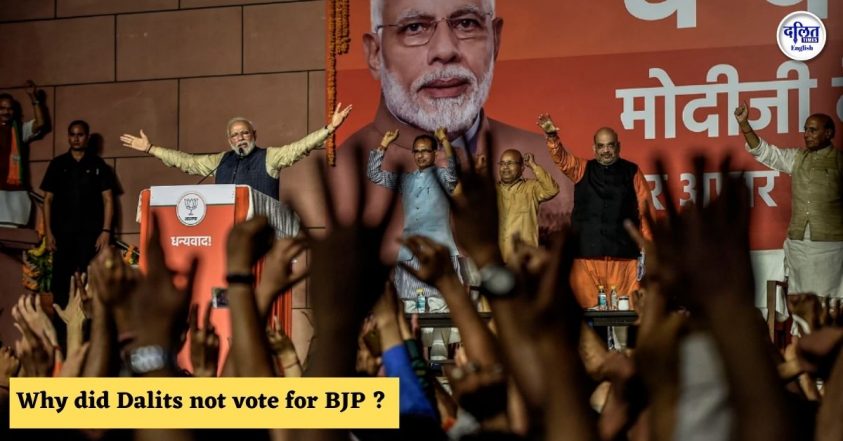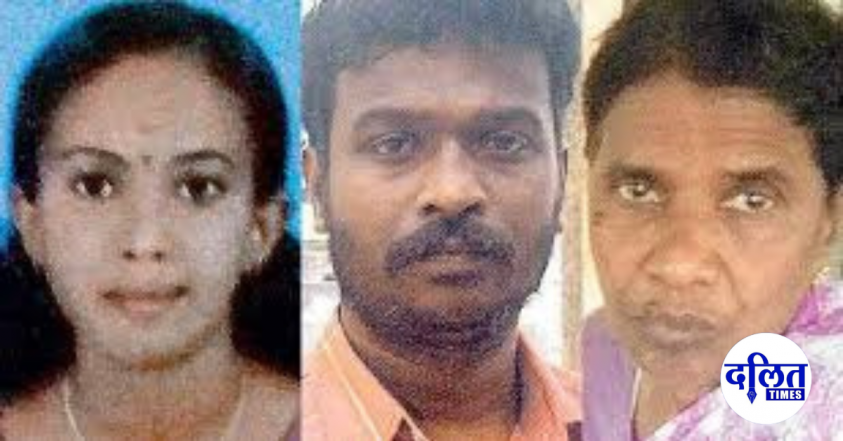On May 14, 2025, the Odisha Cabinet, led by Chief Minister Mohan Charan Majhi, took a decisive stride toward social justice by approving a landmark policy to expand reservations in public education. The cabinet sanctioned 11.25% reservation for Socially and Economically Backward Classes (SEBC) in admissions to public universities and government-aided higher secondary and higher education institutions across departments, including School and Mass Education, Higher Education, Language, Literature and Culture, and Sports and Youth Services.
This affirmative action measure—effective from the 2025–26 academic year—is designed to rectify deep-rooted inequities in educational access for historically marginalized communities.
A Comprehensive Reservation Framework for Inclusive Education
With the inclusion of SEBCs, Odisha’s reservation matrix now represents one of the most inclusive in the country. The current structure is as follows:
- Scheduled Tribes (ST): 22.5%
- Scheduled Castes (SC): 16.25%
- Socially and Economically Backward Classes (SEBC): 11.25%
- Persons with Disabilities (PwD): 5%
- Ex-Servicemen (ESM): 1%
This brings the total reservation to 56%, decisively breaching the 50% cap traditionally observed since the Indra Sawhney vs. Union of India verdict in 1992. Yet, Odisha joins states like Tamil Nadu and Chhattisgarh in asserting that extraordinary social conditions and demographic realities justify surpassing this judicial threshold.
Beyond Quotas: Odisha’s Holistic Governance Mandate
The Cabinet session was not limited to education reform. It approved several other progressive initiatives, each aimed at addressing structural inequalities across sectors:
1. MAMATA–PMMVY Co-Branding Scheme
The state’s flagship maternal benefit scheme, MAMATA, will be integrated with the Pradhan Mantri Matru Vandana Yojana (PMMVY) to create a unified social security platform titled MAMATA–PMMVY. The scheme will:
- Provide ₹12,000 on the birth of a girl child
- Offer enhanced incentives to anganwadi workers
- Strengthen maternal and child health infrastructure
2. Khairibandhan Barrage Project
A major irrigation infrastructure boost was approved through the construction of the Khairibandhan Barrage at Anlabeni, Jashipur Block, in Mayurbhanj district. The project, aimed at irrigating 6,950 hectares, will fortify agricultural resilience in predominantly tribal regions.
3. Land Allocation for Dharanidhar University
To improve higher education access in the tribal heartland, the Cabinet allotted 40.197 acres of government land in Keonjhar to Dharanidhar University. The land—granted free of all charges—will facilitate the construction of both north and south campuses.
4. Amendments to Recruitment Rules (2022)
The Cabinet amended the Combined Recruitment Examination Rules, 2022, to include new positions such as:
- Sub-Inspector (Traffic and Excise)
- Civil Defence Instructor/Senior Store Inspector
These changes expand the recruitment scope of the Odisha Staff Selection Commission (OSSC), enabling more streamlined and transparent public hiring.

5. OGITS Rules, 2024: Vocational Education Reform
Amendments to the Odisha Government ITI Trainers’ Service Rules, 2024, aim to streamline the recruitment, training, and service conditions of ITI trainers. This reform is central to improving the quality and accountability of vocational and technical education across the state.
Legal and Political Implications: Breaching the 50% Cap
The constitutional validity of exceeding the 50% reservation cap may inevitably be challenged in court. However, the Indra Sawhney judgment does allow exceptions in extraordinary situations—and Odisha may well argue that its distinct demographic composition, where Scheduled Tribes comprise nearly 23% of the population, constitutes such an exception.
The policy shift also resonates with broader demands for a nationwide caste census, which would provide empirical justification for equitable resource allocation and representation.
The Politics of Representation: Rising Opposition
While many view the move as a bold affirmation of the state’s commitment to social equity, critics have emerged. Senior Congress leader and former Union Minister Srikant Jena condemned the SEBC reservation policy as “a cruel joke” and accused the government of betraying SEBC/OBC and SC/ST aspirants by offering tokenistic measures instead of robust implementation and proportional representation.
Also Read : Historic Ascent: Justice Gavai, Ambedkarite Torchbearer, Becomes Chief Justice of India
Jena’s remarks spotlight a larger concern: without data transparency, effective implementation mechanisms, and institutional accountability, such reforms risk becoming symbolic gestures.
Conclusion: Rights-Based Governance in Action
The May 14 Cabinet decisions represent a watershed moment in Odisha’s journey toward transformative justice. By expanding reservations, co-branding maternal welfare schemes, supporting tribal agriculture, and reforming educational infrastructure, Odisha demonstrates a multi-sectoral approach rooted in constitutional morality and equity.
As legal scrutiny looms, the state’s readiness to defend its policies on the grounds of social justice, historical marginalization, and affirmative constitutionalism will be a defining test of its political will.
In an era when social justice is often reduced to electoral arithmetic, Odisha’s policy choices—though contested—signal a resurgent vision of inclusive governance.



